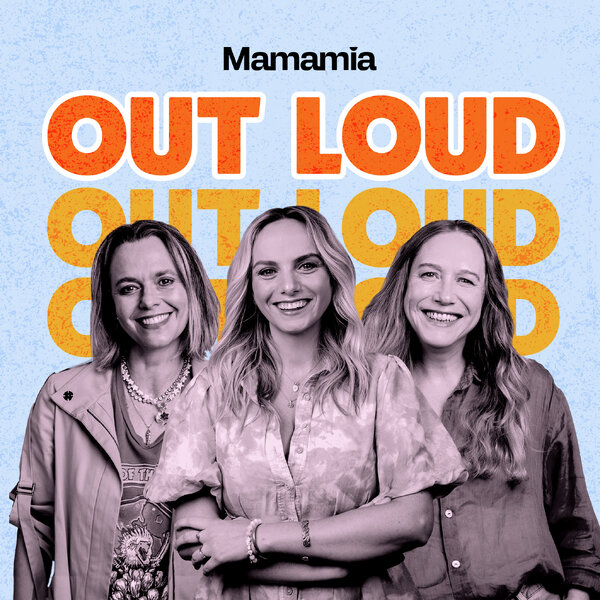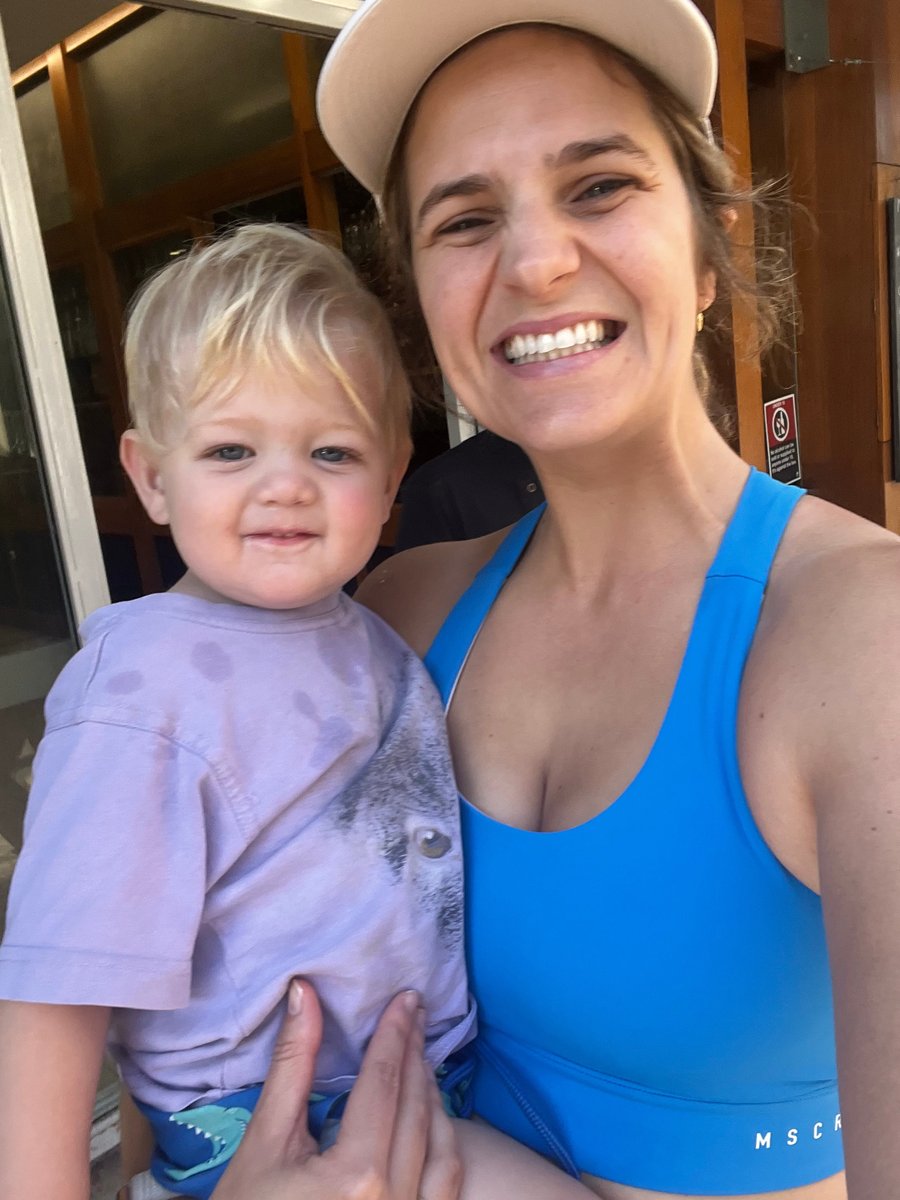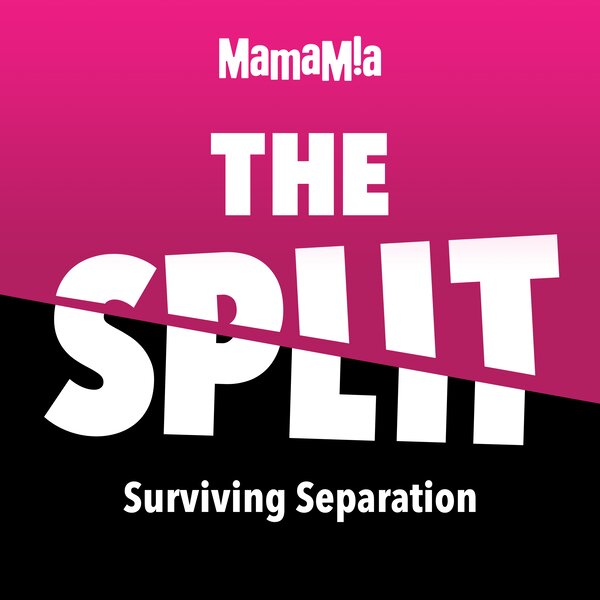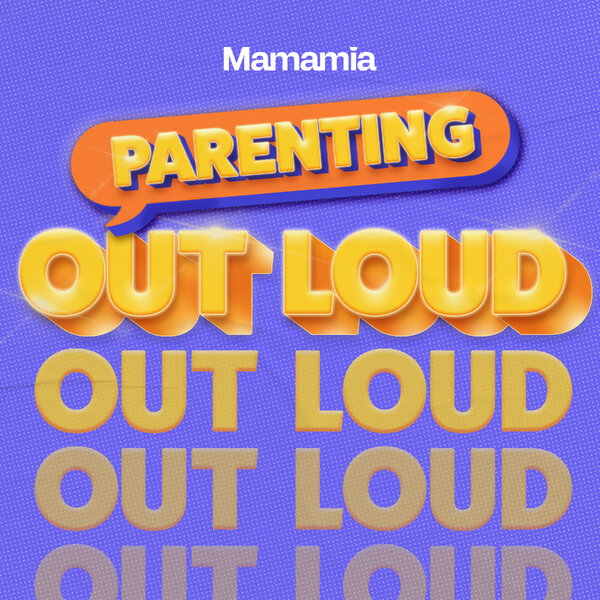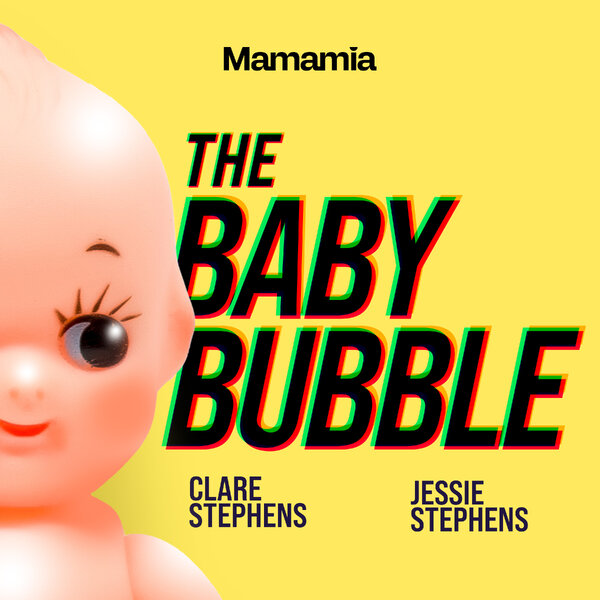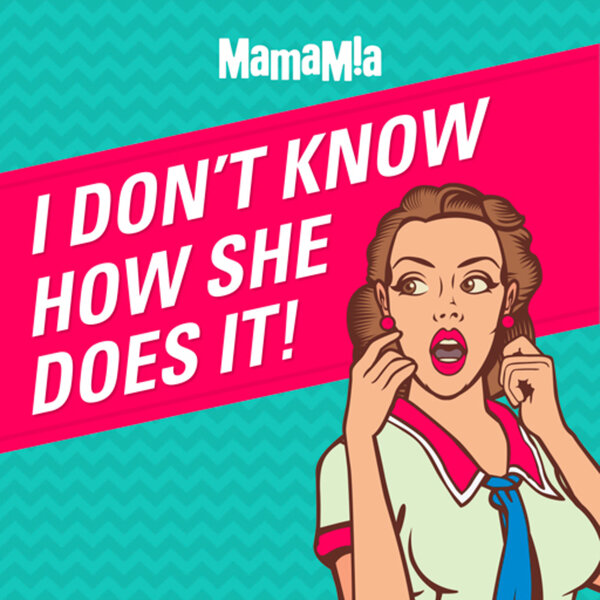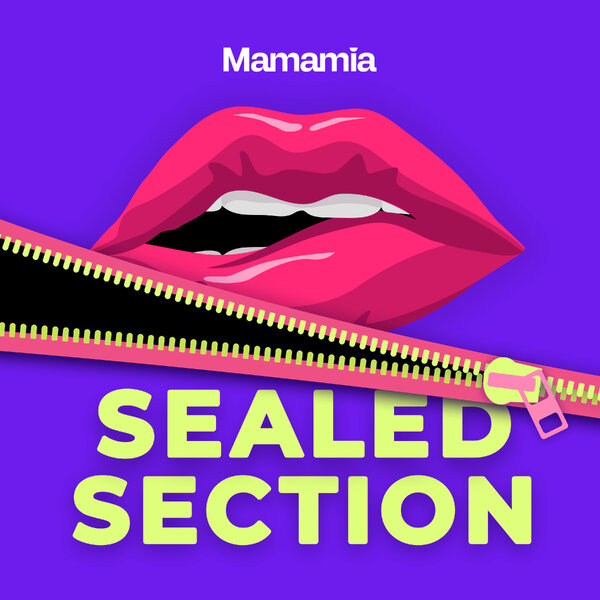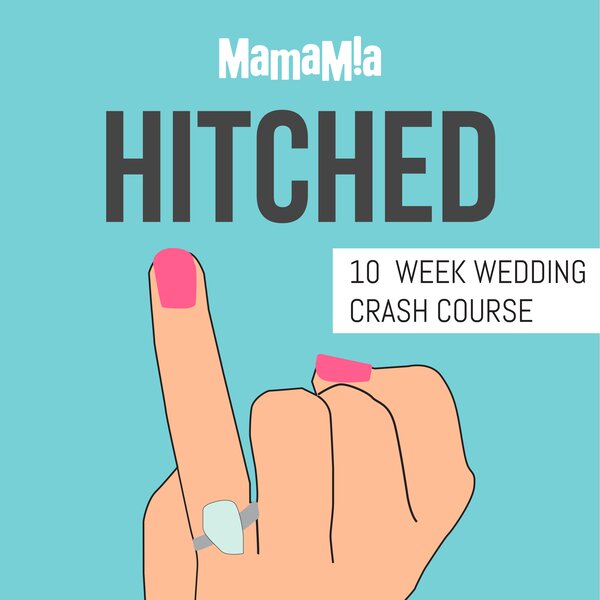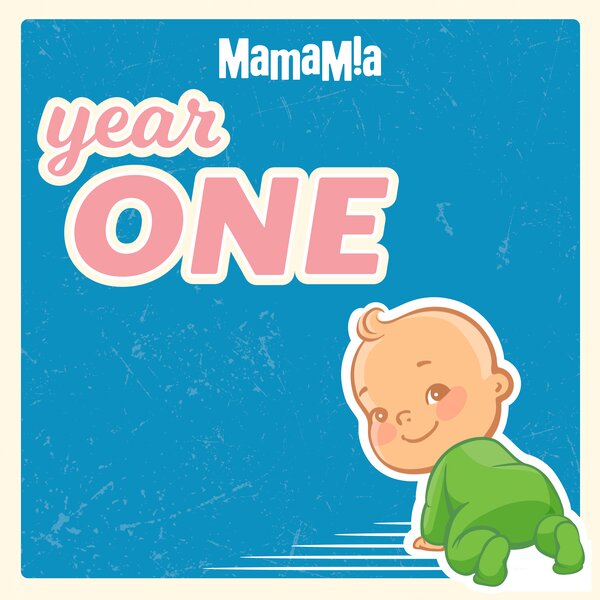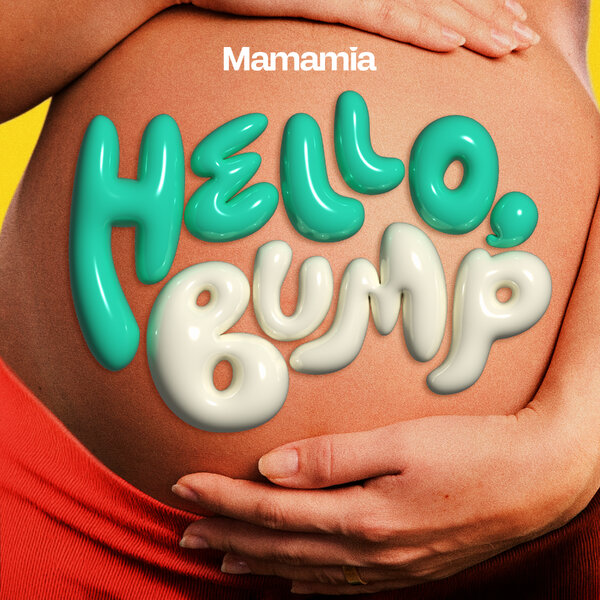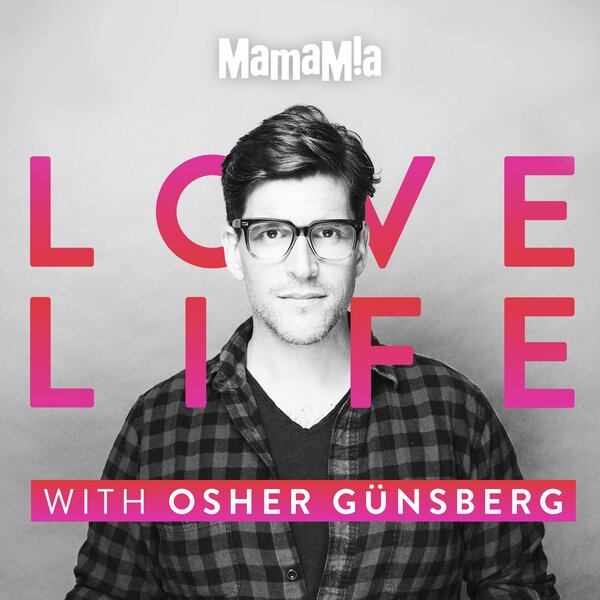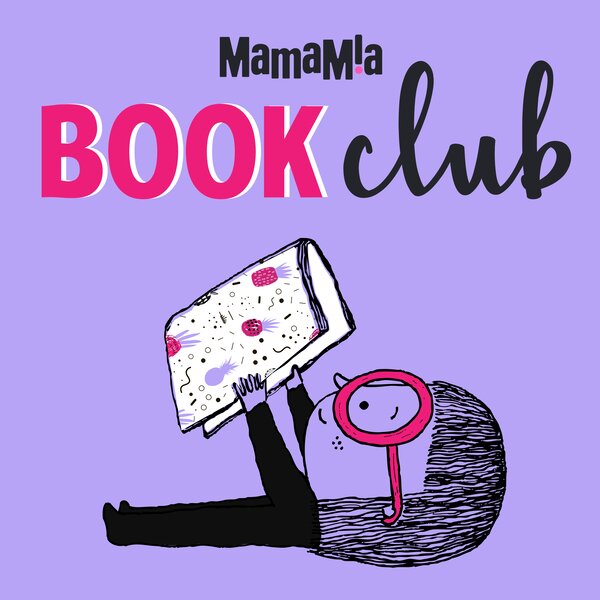
Society once told women that we should bounce back from giving birth immediately, like a rubber band snapping back into place.
In the past, there was little to no recognition of the very obvious fact that pregnancy and birth changes our bodies permanently.
Princess Diana's photo shoot on the steps of the hospital only hours after giving birth wasn't the norm, but it set up an expectation for a generation of women: that they could go straight back to business as usual following the births of their babies.
In recent years, that narrative has shifted in a powerful way.
Listen: Getting Pregnant: Ovulation Tracking, Scheduled Sex And When To Call In The Experts.
"Bounce-back" birth narratives haven't entirely disappeared, but the media I consume is more concerned with emphasising what postpartum bodies have done over what they look like. You'll never hear me criticising that shift — it's one of the most important reframings of my lifetime.
When I was pregnant with my first baby, I was not well.
I was diagnosed with preeclampsia at 29 weeks gestation, and gave birth via C-section at 32 weeks, when it became clear that I simply would not survive being pregnant any longer. Those first few days after my son's birth are almost entirely foggy, but I recall being wheeled out of the NICU, weeping in pain.
As my son grew, and I recovered, I was so thankful for what my body had done.
Sure, it had put me through the wringer, but it gave me my beautiful boy.
